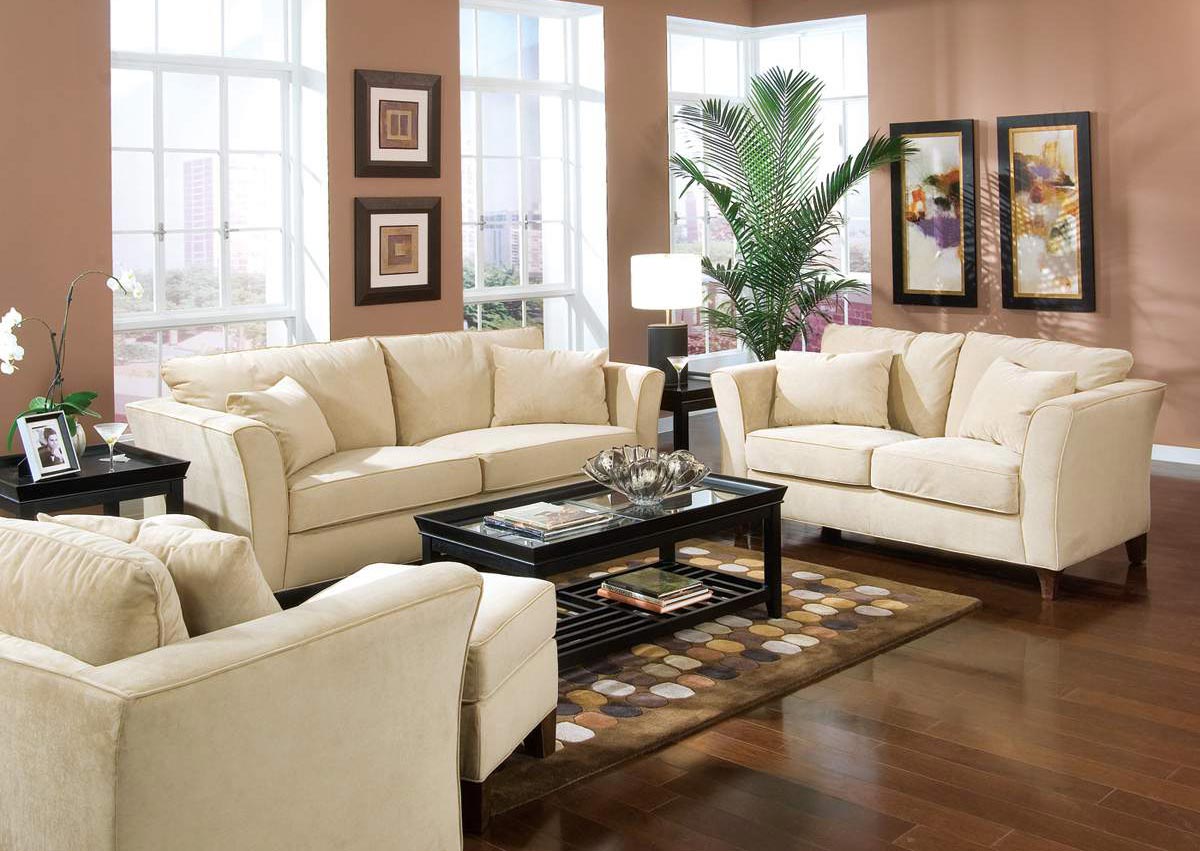Free shipping on orders over £50
TradeHURRY! SPRING SALE Now On! Get 10% Off Using Code KEEP10! Plus FREE SHIPPING On All Orders Over £50!
Make A Small Room Look Large With LED Lights
 There are lots of things you can do to create the illusion of space in a small room – mirrors, light coloured walls and small, uniform furniture are all favoured techniques for making a room look bigger.
There are lots of things you can do to create the illusion of space in a small room – mirrors, light coloured walls and small, uniform furniture are all favoured techniques for making a room look bigger.
Well planned lighting can also play a massive part.
A good place to start would be your room’s natural light. During the day your windows are a free source of sunlight. As this is some of the best light you can get, it’s important not to obstruct the windows with curtains, nets or furnishings.
For windows that are a bit more awkwardly positioned, try using a mirror to bounce light into a room. Any room that receives plenty of natural light will feel spacious and airy.
Taking this forward, electric lighting should always be used to compliment natural light, especially if you have small windows or use the room in the evenings.
LED lights are really good for small rooms due to their colour temperature options and flexibility of design.
Incandescent bulbs are only available in warm white (3000K), and while this creates a feeling of cosiness and intimacy, they can also ‘close down’ the room and make it feel claustrophobic.
LEDs are readily available in cool white (6000K), which is sharp and bright in comparison to warm white. It works really well in areas with a minimalist design, which, as anyone will know, is synonymous with space.
The types of lights you choose are also important. Bulbs with a narrow beam angle – typically 45o to 60o – distort the true dimensions of the room by creating points of focus and accentuating the presence of shadows.
Adjustable track lights will also allow you to change the direction of your lighting, letting you highlight particular areas of your room or walls.
If your room has low ceilings, you should consider using flush or semi-flush fittings, such as track lighting or recessed ceiling lights. Always check that your recessed lights are fire rated too – as these help prevent fire spreading for up to 90 minutes.
LED downlights are particularly popular as they generate very little heat – which can make a room feel oppressive. Only 10% of an LEDs energy is lost to heat wastage, whereas a standard incandescent loses up to 80% to heat, making them far hotter when they’re on.
You could also use up-lighters or wall sconces to reflect light up the walls and against the ceiling to create an effect called ‘washing’.
Remember, LED lights are now available in many varieties and can easily handle the design difficulties presented by smaller rooms.
Not only will you make your room look larger, you’ll also reduce your lighting bills – LEDs use up to 90% less energy – increase the efficiency of your home and benefit from a bulb that lasts 2 times longer than fluorescent bulbs, and 20 times longer than a standard halogen.
For more information on how you should light your room, give our team a call on 0116 321 4120, or drop us an email at cs@wled.co.uk.






 Search
Search


